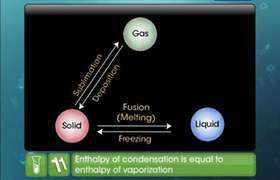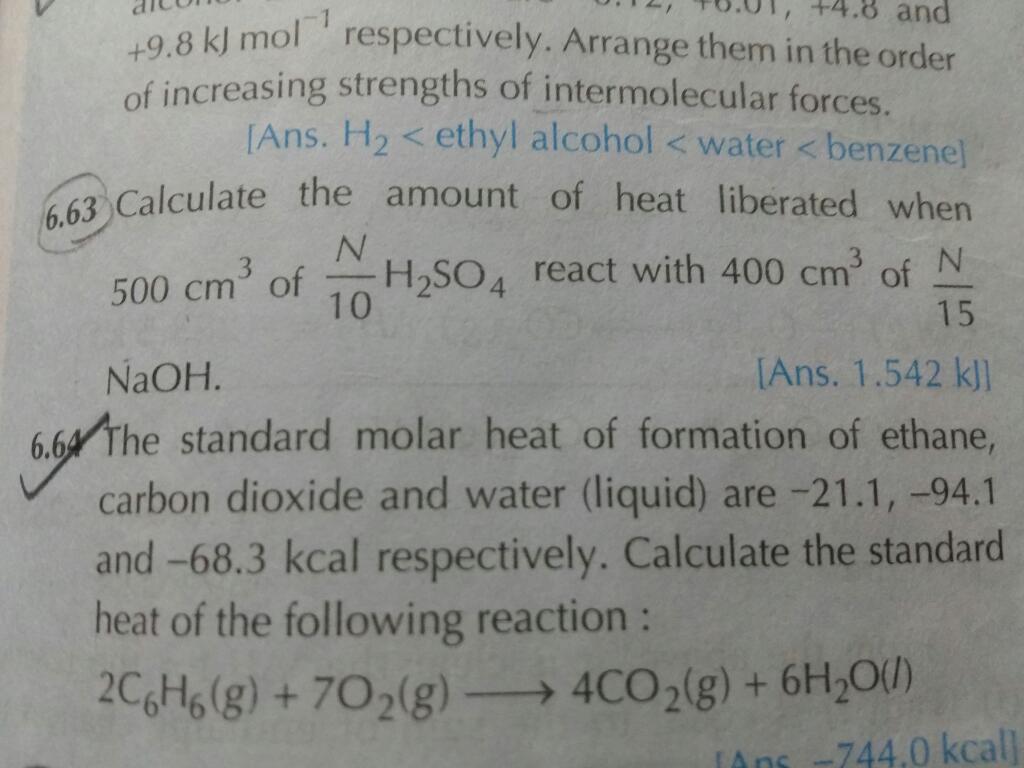CBSE Class 11-science Answered
When 100ml of strong acid mixed with 100ml of strong base, change in temperature is 5°c. Determine the change in temperature when 10ml of strong acid mixed with strong base.
Asked by patra04011965 | 09 Nov, 2019, 12:18: PM
Heat of neutralisation is consatant irrespective of strong acid or strong base taken. Hence the increase in temperature is also constant irrespective of volume taken. So change in temperature would be 10o C.
Answered by Ravi | 11 Nov, 2019, 11:47: AM
Concept Videos
CBSE 11-science - Chemistry
Asked by advssdrall | 11 Jan, 2022, 07:44: PM
CBSE 11-science - Chemistry
Asked by adityasolanki7773 | 22 Oct, 2020, 03:40: PM
CBSE 11-science - Chemistry
Asked by pranavisrihari | 08 Sep, 2020, 05:24: PM
CBSE 11-science - Chemistry
Asked by varakalasuchi3 | 28 Mar, 2020, 04:47: PM
CBSE 11-science - Chemistry
Asked by patra04011965 | 09 Nov, 2019, 12:18: PM
CBSE 11-science - Chemistry
Asked by prakriti12oct | 27 Sep, 2019, 01:43: AM
CBSE 11-science - Chemistry
Asked by prakriti12oct | 26 Sep, 2019, 01:40: AM
CBSE 11-science - Chemistry
Asked by sayantan.chem2 | 06 Aug, 2019, 05:07: PM
CBSE 11-science - Chemistry
Asked by lovemaan5500 | 21 Jan, 2019, 06:37: AM
CBSE 11-science - Chemistry
Asked by Atulcaald | 25 May, 2018, 12:24: AM










